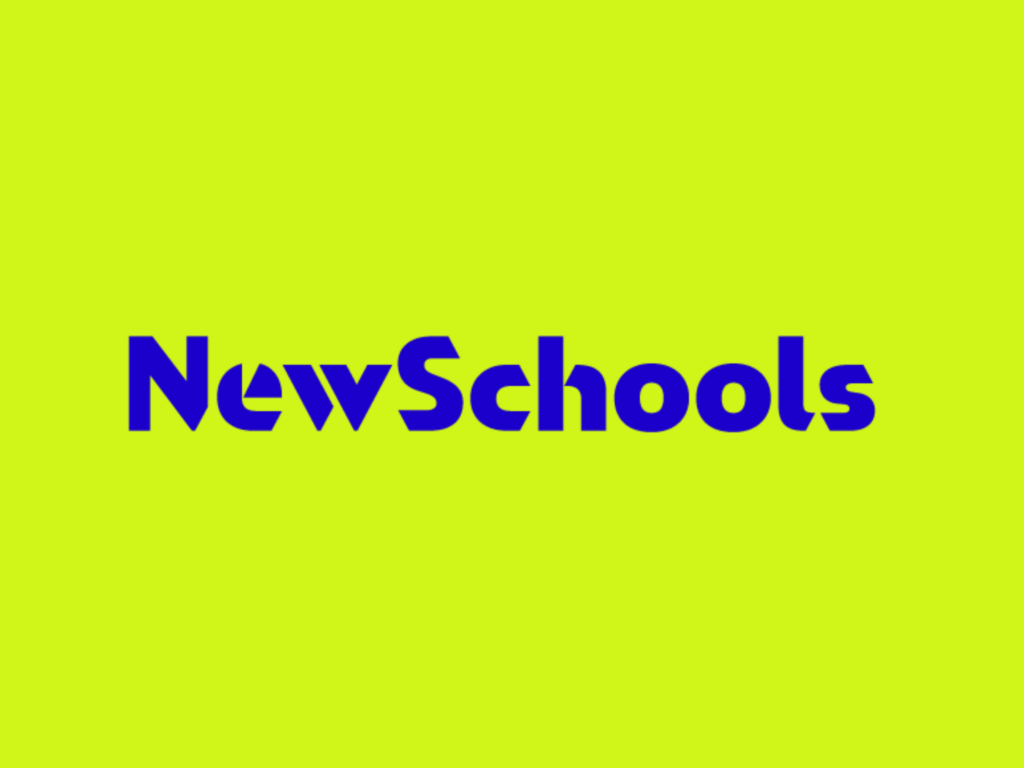By Heather McManus, NewSchools Venture Fund & Jeff Shulz, Bellwether Education Partners
This post was originally published on Ahead of the Heard, the blog of Bellwether Education Partners.
With school starting in most places in a few weeks, school and network leaders are under tremendous pressure to finalize their reopening plans. With those leaders in mind, Bellwether just released a new planning resource that includes all of the components of a reopening plan, offers questions school leaders should address, and links to concrete guidance and completed plans as examples. We know it’s an overwhelming time, but we trust that these seven worksheets and linked resources will cut through the noise and set school leaders on a strong path for the fall.
Why are we so confident? Because the modifiable and customizable templates in our tool came directly out of our team’s work supporting two schools this summer to develop their reopening plans. Through a partnership with NewSchools Venture Fund (NSVF), we spent six weeks with Urban Act Academy (a K-8 campus in Indianapolis, IN) and Comp Sci High (a 9–12 campus in Bronx, NY), meeting regularly with their leaders to help them structure, develop, and refine their plans. Their completed plans are available to view: Comp Sci HS — Instructional Plan, Comp Sci HS — Operations Plan, Urban Act Academy — Master Reopening Plan.
In working side-by-side with these two school teams, the thing that struck us most was how much there is to do in such a little amount of time. School leaders are preparing for multiple back-to-school scenarios, and for each they need to clearly define and communicate what academics, culture, talent, and operations will look like. And they are often doing this without clear guidance from their state governments.
The tools and guidance in our new planning resource capture the approach and tools we used, and are intended to help other schools facing similar complexity accelerate their progress. Here are five lessons from our work:
- Plan for the most likely scenario first: It is likely that leaders will need to shift between fully in-person, entirely virtual, or some hybrid model throughout the year as conditions evolve. School leaders need to prepare detailed thinking for the most likely “day one” scenario before building a contingency plan for a second scenario. For example, both Urban Act and Comp Sci developed their “hybrid” models before shifting focus to the “100% virtual” model in case conditions changed. Our workbook includes a worksheet for helping prioritize among these potential scenarios.
- Get clear on what the plan must cover: School teams must focus their energy on developing their plans, not on figuring out the complete set of questions their plan must address. To help their teams work more productively and lower overall anxiety, school leaders must ensure the planning team is clear on the end product they are working toward. To support leaders in getting that clarity, we include a checklist of components and questions to address in any reopening plan.
- Build on others’ good thinking: School teams should not be starting from scratch. Leaders in similar situations across the country have already poured a tremendous amount of energy into planning, but it may be challenging to find and sift through everything in the public domain. Through our collaborations with Urban Act and Comp Sci, we identified helpful guidance and examples as a concrete starting point for each essential question. If plans are already in-progress or complete, leaders can use our resources to check their thinking.
- Aim for consistency; adapt as needed: Wherever possible, develop plans that are as consistent across scenarios as possible. This consistency helps reduce the amount of change staff, students, and families will face. Then seek to adapt for different scenarios in a way that reduces the amount of new work required. For example, when developing the instructional model, a school leader should start with defining the core instructional elements that should be the same across scenarios, and then adapt the delivery format (in-person or virtual), seeking as much consistency as possible in terms of resources being used and who is delivering those resources.
- Ensure targeted support for students with the highest need: In striving for consistency and adaptability, we don’t mean there should be a “one size fits all” approach. One goal of simplifying wherever possible is to free up planning team time to design targeted interventions for students who need them most. School teams should know which students and families faced the greatest challenges learning remotely in the Spring. Meeting the unique needs of these students could include providing additional virtual check-ins, prioritizing students for in-person instruction, and ensuring technology and transportation needs are understood and addressed.
The complete planning toolkit can be downloaded here. Contact Bellwether for feedback and suggestions at contactus@bellwethereducation.org.


